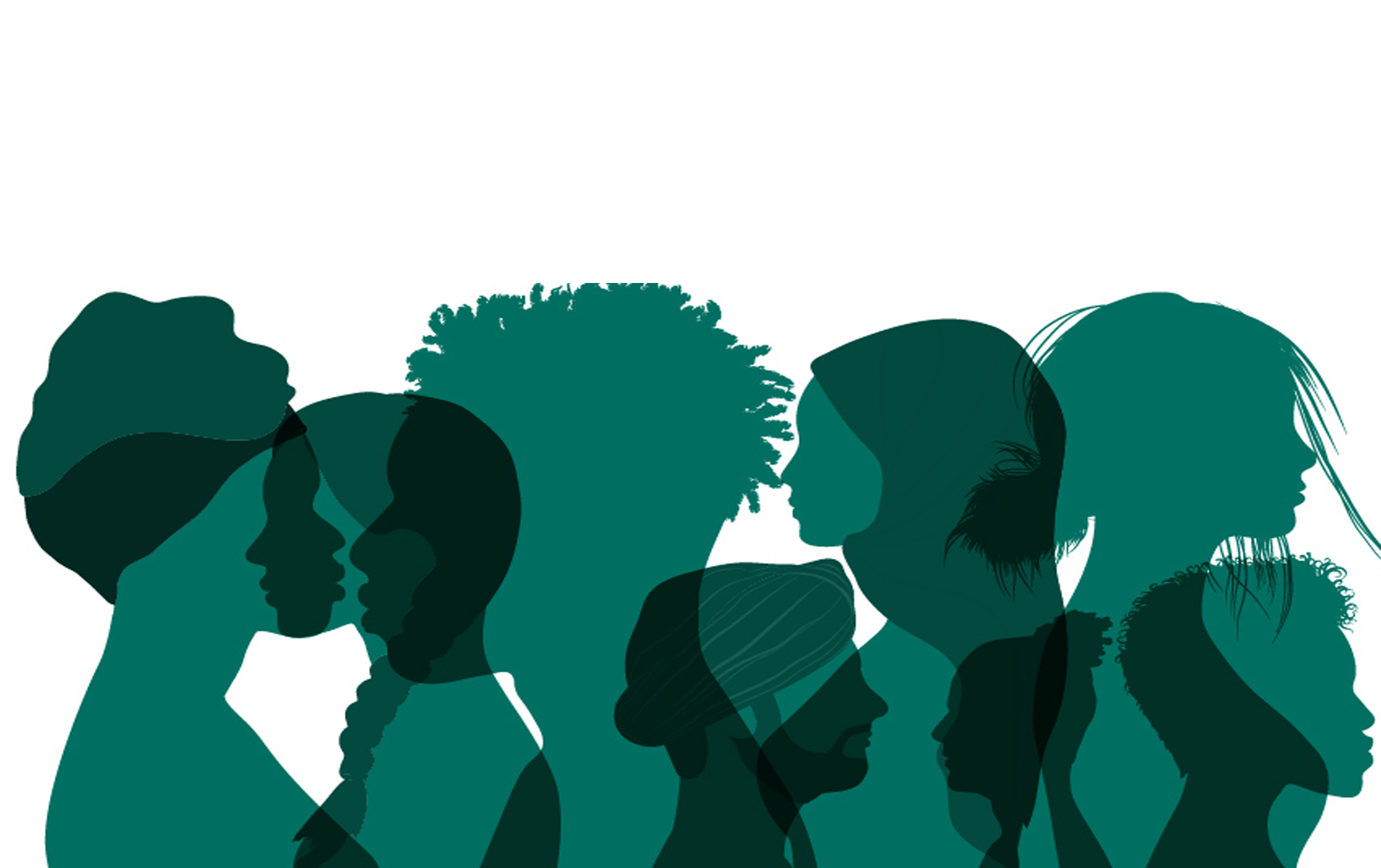What did you do to create inclusive practice and how did you do it?
This approach used Wikipedia as a tool to evidence and explain to students the concepts of systemic bias and symbolic annihilation in information sources. Students were studying an entire module structured around Wikipedia editing, which covered many traditional information literacy topics (writing and copyediting; research and referencing; source evaluation; critical thinking) via the medium of Wikipedia article editing and writing. As part of the module, students focused on issues of equality and diversity in information sources, how information is produced and disseminated, and concepts such as knowledge equity and open access. This was delivered in a very practical way, with students undertaking tasks such as :
- ‘wiki-hopping’ across randomly generated articles in order to assess the coverage (how varied were the articles, which were more detailed, how many for male versus female, European versus African, etc.)
- quality sampling, to compare and contrast the length and quality of articles on similar topics relating to different parts of the world (capital cities, for example, or political systems or heads of state)
- sentiment analysis, to recognise how editing and language choices can signal authors’ opinion or bias
- ‘editathons’ aimed at enhancing and adding to articles on a particular under-represented or neglected topic
Why did you implement your example of inclusive practice?
Wikipedia is the world’s largest information source and serves as the backbone for much of the internet’s informational needs. However, it is subject to the same issues of systemic bias as any piece of information, and it is vital that students understand Wikipedia’s flaws and gaps so as to best assess the information they rely on. Few people stop to think about how comprehensive it really is, how representative, how much information it fails to provide, or what the real world consequences of that information gap can be. Wikipedia’s content is very much shaped by those who have the time, ability and inclination to edit it – with the majority of editors being white, male, young, educated and residing in Western, mostly English-speaking nations – and this results in a potentially partial, skewed perception of the world. With such a non-representative selection of the world population responsible for the vast majority of the creation and editing of articles in English-language Wikipedia, it is no surprise that the content itself is also not representative. Articles about notable women are under-represented. Coverage relating to Africa, Latin America and the Middle East in English-language Wikipedia is rated by Wikipedia itself as ‘poor to mediocre’, and those articles that do exist are often written from a European or North American perspective. Knowledge equity is an enormously important issue in academia, with increasing pressure for research to be open access, institutional and student-level drives for ‘decolonisation’, and barriers of access and cost placed in the path of researchers and students. It is critical to understand that information is not neutral and that, at every stage of the information cycle, choices are made – about what to research and write about, who and what to include and exclude, who to publish, what books to buy and stock, what is deemed worthy of study, etc. These choices will reflect the biases, power imbalances, opinions and cultures of those involved – whether individual or institutional, conscious or not. By directly involving students in that cycle, through Wikipedia editing, they can develop a more sophisticated understanding of this inequality and how to begin to address it.
What was the impact of your case study?
Such an extended, in-depth examination of Wikipedia afforded the opportunity to critically examine its weaknesses as well as its strengths. As the module progressed, and the students’ understanding of Wikipedia became deeper and more nuanced, its flaws became more visible. Students started to notice gaps in the coverage, commenting on their surprise and disappointment when articles were not as comprehensive as they’d hoped or failed to cover issues they considered important. They also expressed frustration at their inability to find reliable, accurate information to improve articles on less high-profile or mainstream topics, or when information was not available in English. They also began to appreciate how information is created and curated, and to recognise the choices made at every stage of the process, rather than just accepting the end output (whether it be Wikipedia, a book or journal article) without question. This proved beneficial to the students in learning how critique and assess other forms of learning material required for their studies. Several students continued editing Wikipedia after the module have finished, some even volunteering to support subsequent cohorts in the following year.
What were the lessons learned?
Ensuring enough time is allowed in the curriculum for students to learn how to edit Wikipedia is important, as well as having sufficient support available when students get stuck or have issues, since becoming familiar with the technicalities can initially be quite challenging. Making sure that students abide by Wikipedia editing guidelines is the hardest part, as deviating from these can result in articles being altered or deleted. This is useful in showing how rigorous the quality process for Wikipedia can be, but can be disheartening and off-putting if students don’t have a clear understanding of why their edited articles have been rejected. Liaising or partnering with the educational team at WikimediaUK is highly recommended, for training and support throughout, and to help contextualise both Wikipedia and the wider Wikimedia project for students.
